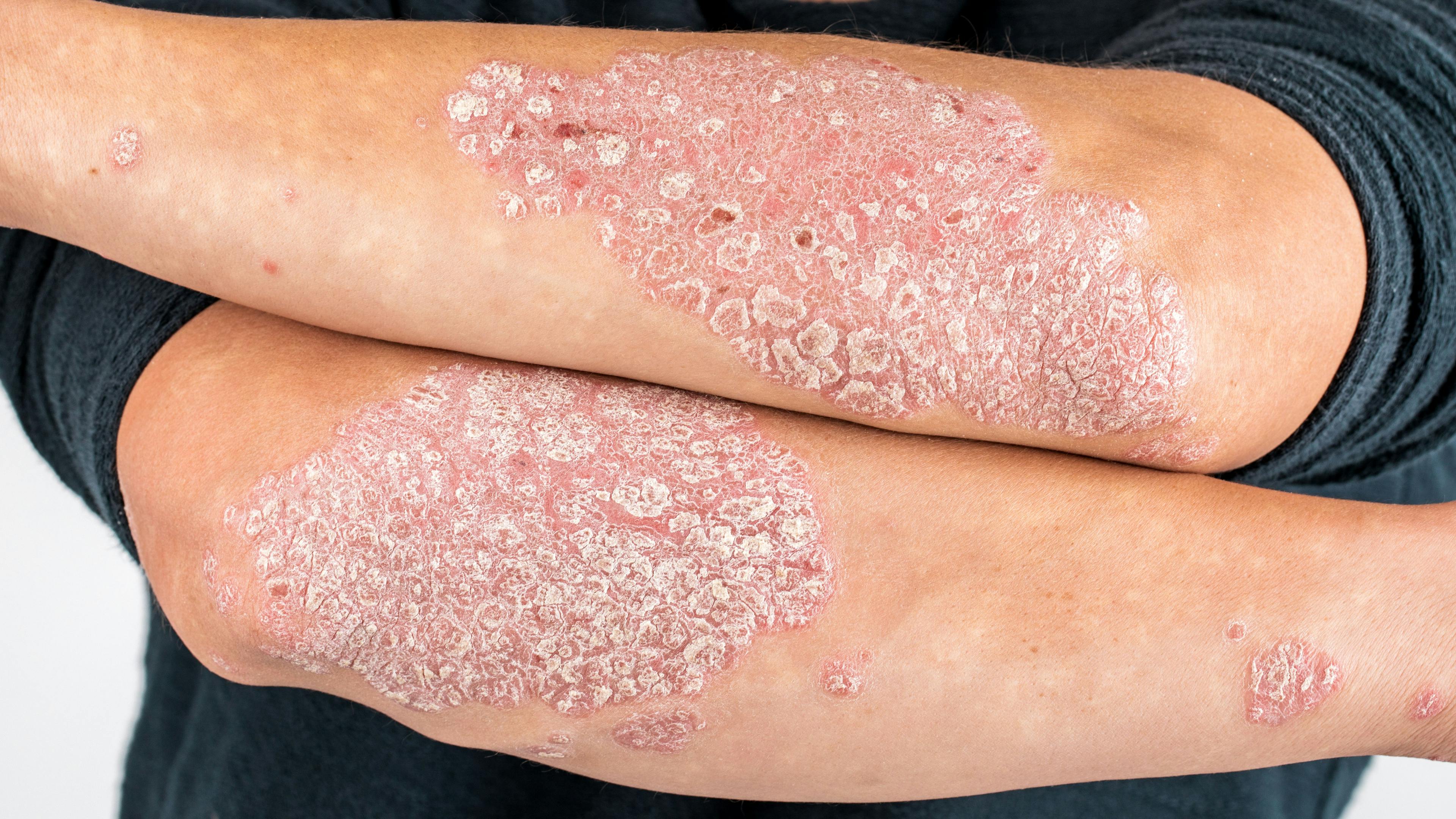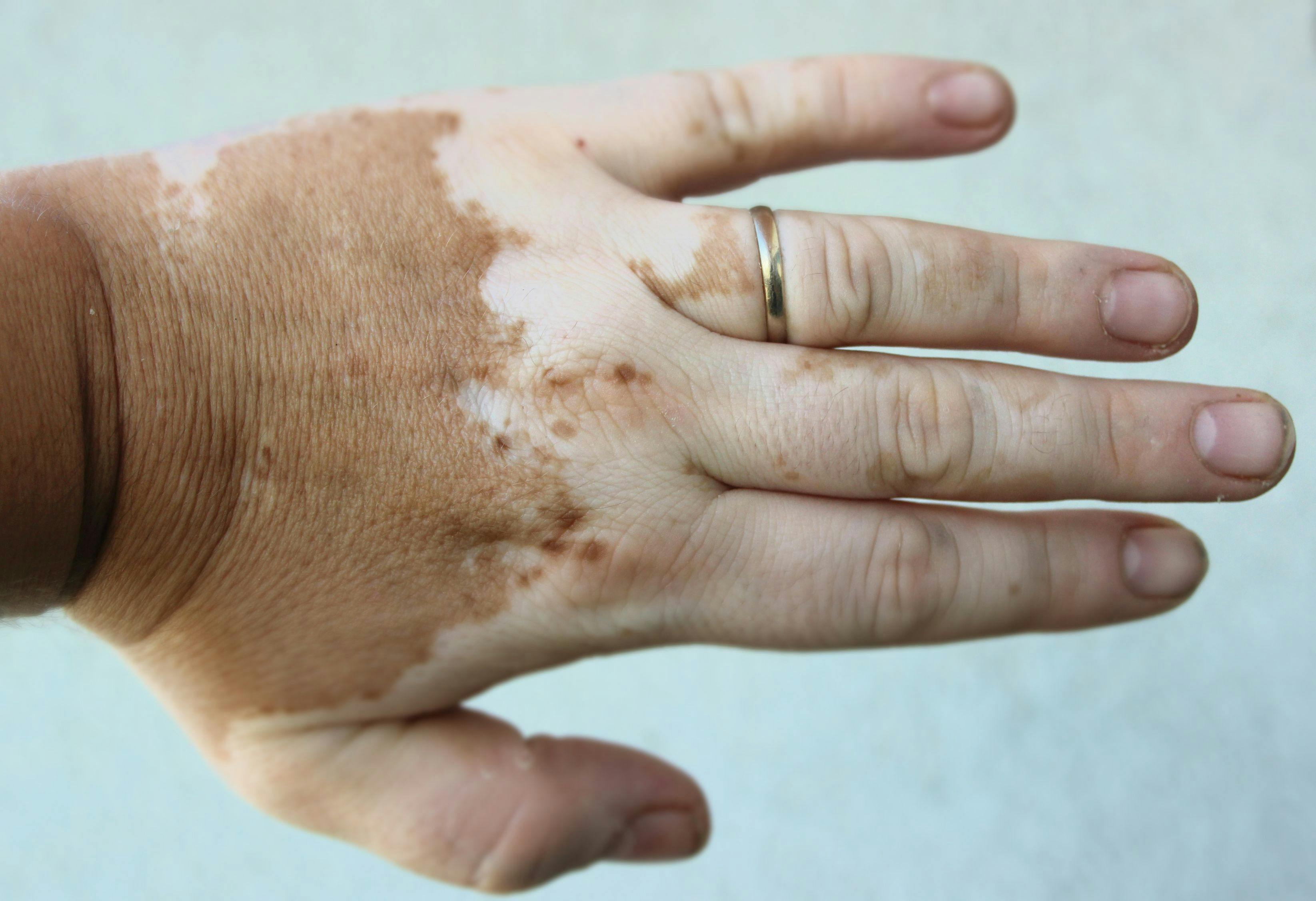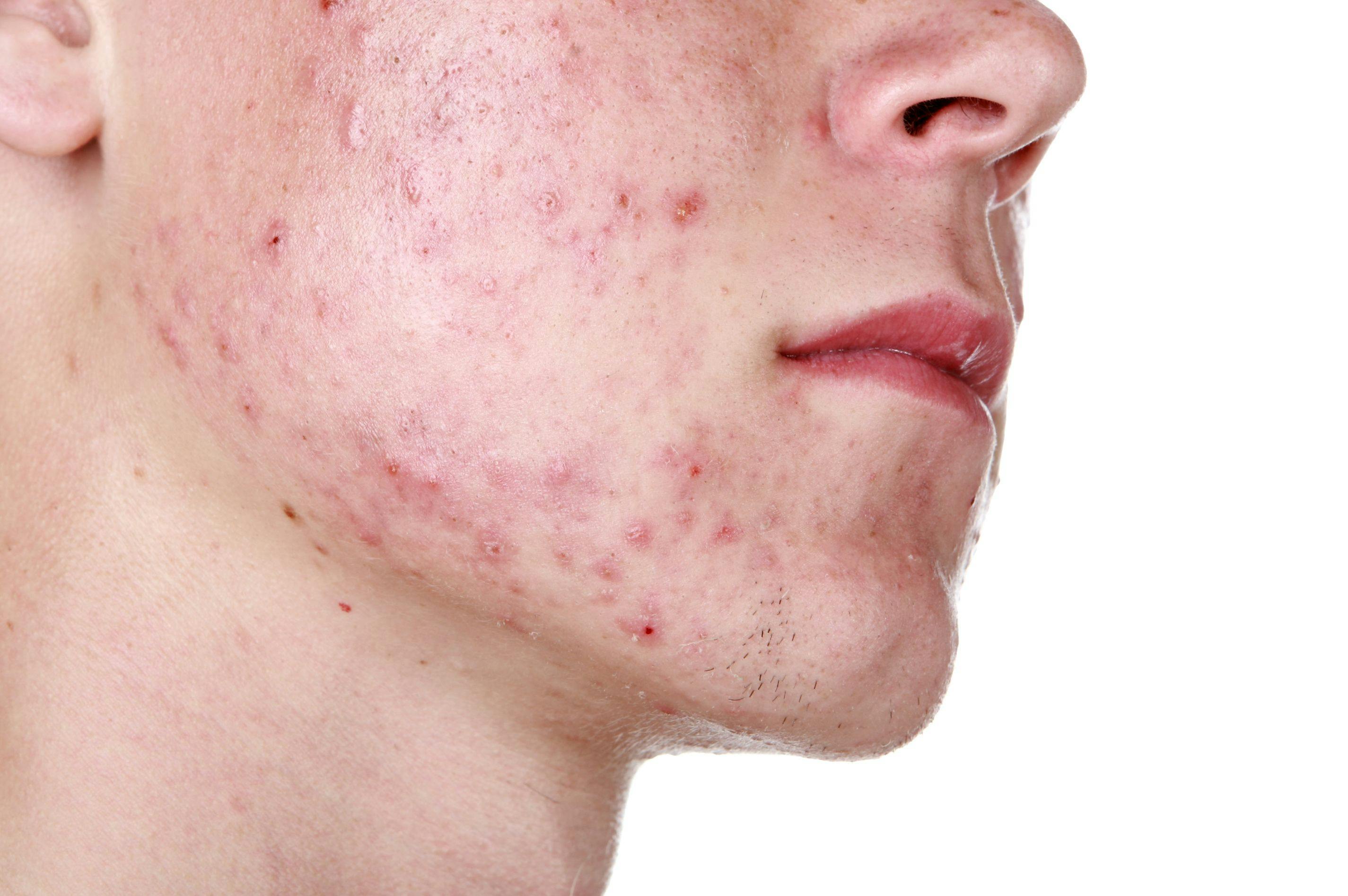- Acne
- Actinic Keratosis
- Aesthetics
- Alopecia
- Atopic Dermatitis
- Buy-and-Bill
- COVID-19
- Case-Based Roundtable
- Chronic Hand Eczema
- Chronic Spontaneous Urticaria
- Drug Watch
- Eczema
- General Dermatology
- Hidradenitis Suppurativa
- Melasma
- NP and PA
- Pediatric Dermatology
- Pigmentary Disorders
- Practice Management
- Precision Medicine and Biologics
- Prurigo Nodularis
- Psoriasis
- Psoriatic Arthritis
- Rare Disease
- Rosacea
- Skin Cancer
- Vitiligo
- Wound Care
Publication
Article
Dermatology Times
How to Properly Use Lasers in Skin of Color Patients
Author(s):
Andrew Alexis, MD, shares his best tips for appropriate laser use in skin of color patients at the 2022 SDPA Conference.
At the 2022 Society of Dermatology Physician Assistants (SDPA) Conference in Miami, Florida, Andrew Alexis, MD, MPH, vice-chair for diversity and inclusion for the department of dermatology and professor of clinical dermatology at Weill Cornell Medical College in New York City, New York, gave his recommendations of how to treat various aesthetic concerns effectively and safely with lasers in skin of color patients.
Over the last couple of years, there has been a considerable increase in skin of color patients receiving aesthetic procedures via laser treatment. Alexis emphasized that as more skin of color patients seek out laser treatments, dermatologic physicians must understand the structural and functional differences between lightly pigmented skin and heavily pigmented skin. The 3 main differences between heavily and lightly pigmented skin are:
- Increased epidermal melanin
- Melanocyte lability
- Reactive fibroblasts
Therapeutic implications to also consider include variations in leading aesthetic concerns, higher risks of pigmentary and scarring complications, and the difference in preferred treatment options and parameters.
The top 3 leading aesthetic concerns in skin of color patients that require laser treatment are hyperpigmentation, unwanted hair, and textural irregularities. It is crucial to think about the controlled injury versus the risk of scarring.
To avoid complications, physicians need to know everything about the laser devices used in their specific practice. If they are using a new laser, Alexis recommends performing test spots before treating cosmetic areas like the face. It is also important to know the ancestry of the patient. Ancestral origin can play a significant role in how a skin of color patient will react to specific laser treatments. Asking about the patient’s response to sun exposure, insect bites, and burns, as well as history with keloids or hypertrophic scars can allow physicians to better understand the patient’s Fitzpatrick skin type.
Understanding a skin of color patient’s Fitzpatrick skin type is one of the most important factors in selecting a laser device and how to avoid post-inflammatory hyperpigmentation, a common adverse effect of laser treatments. Alexis recommends using longer wavelengths to avoid burns and achieve deeper penetration of the skin.
According to Alexis, laser resurfacing in skin of color patients was previously frowned upon due to high complication rates with ablative treatments. Now, non-ablative fractural treatment has opened doors for SOC patients. To further prevent the risks of hyperpigmentation, Alexis recommends using lower density levels, providing enough time for adequate cooling, and using hydroquinone if needed after treatment.
Reference
Alexis A. Lasers in skin of color. Presented at the 2022 Society of Physician Assistants Conference; November 17-20, 2022; Miami, Florida.

Newsletter
Like what you’re reading? Subscribe to Dermatology Times for weekly updates on therapies, innovations, and real-world practice tips.































